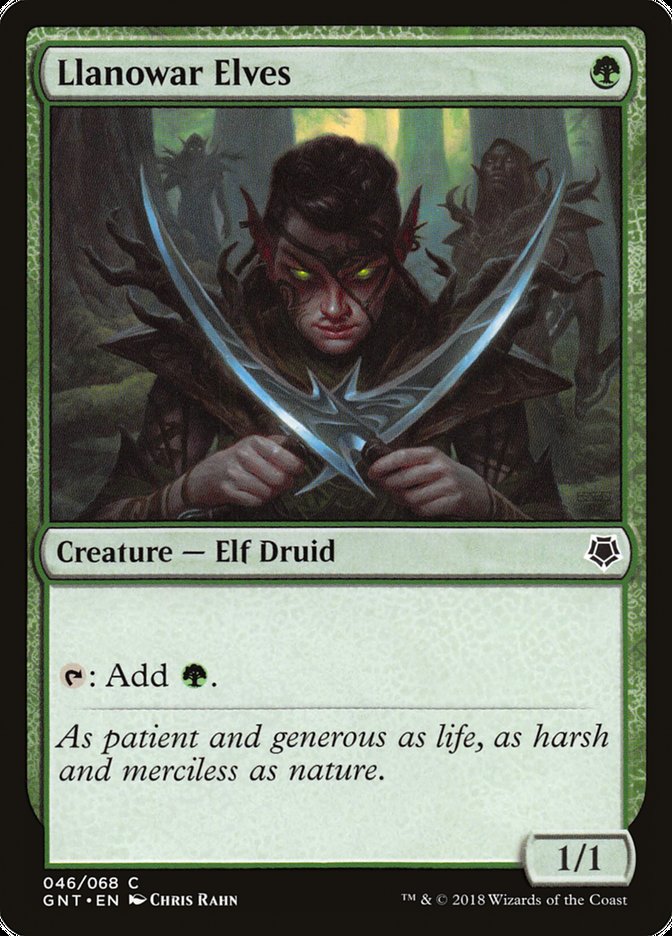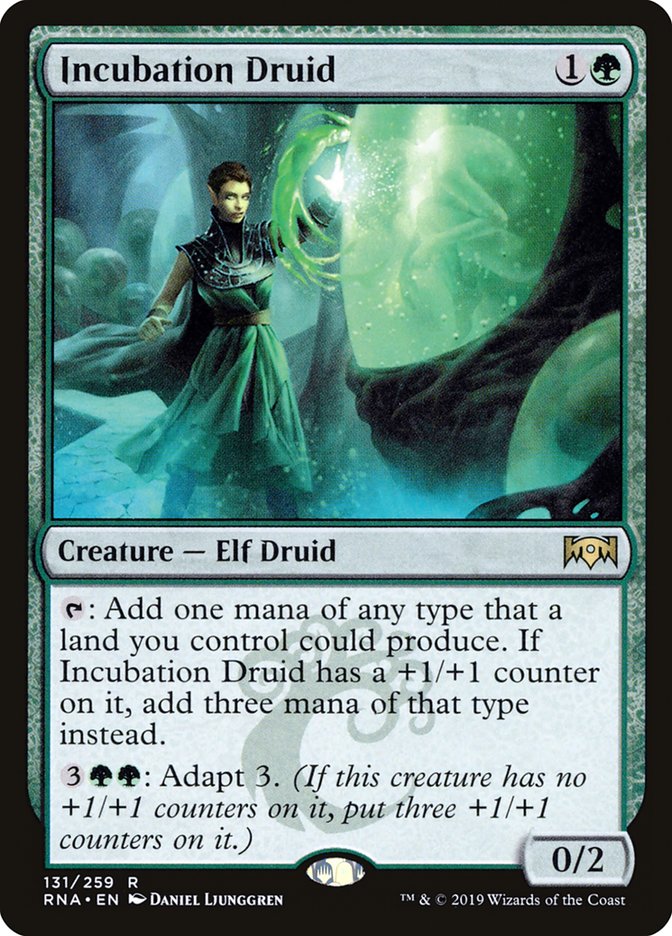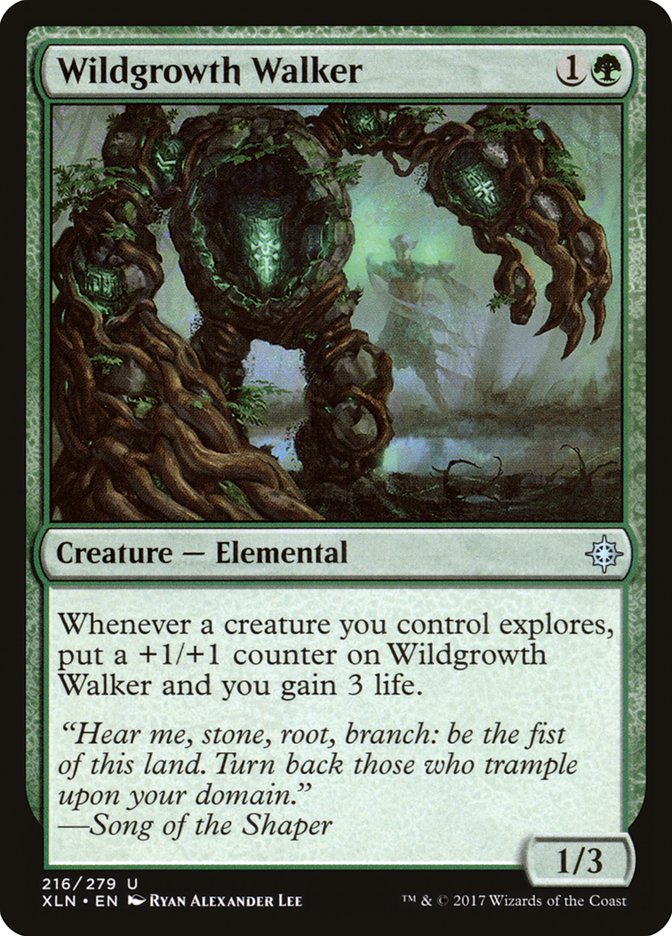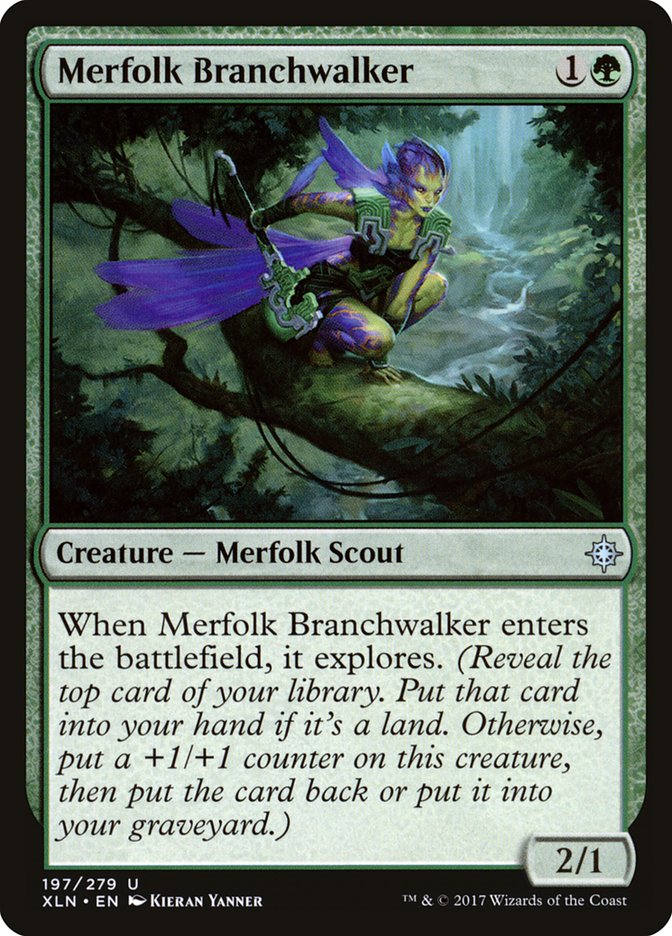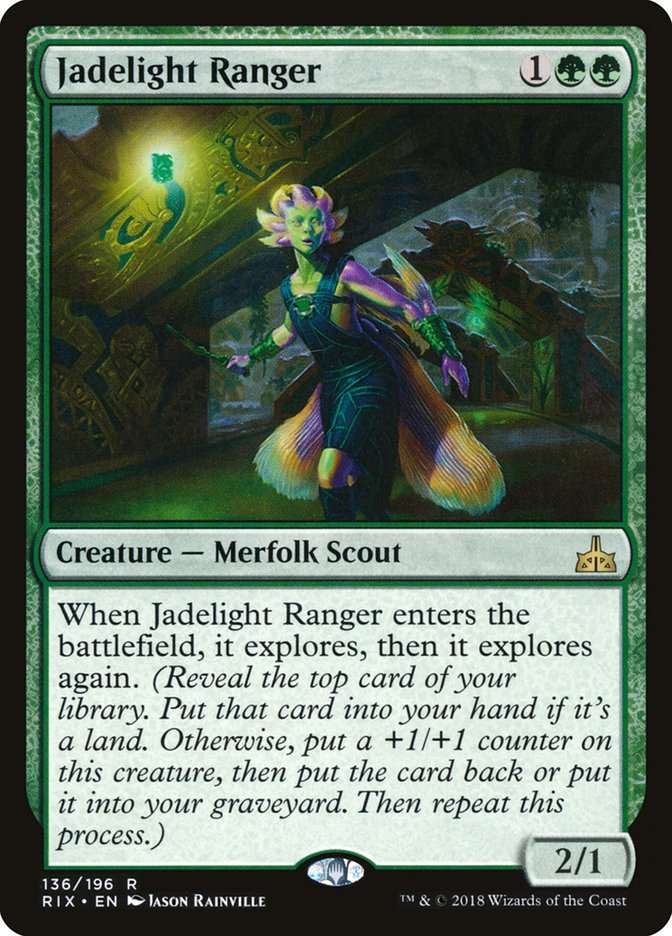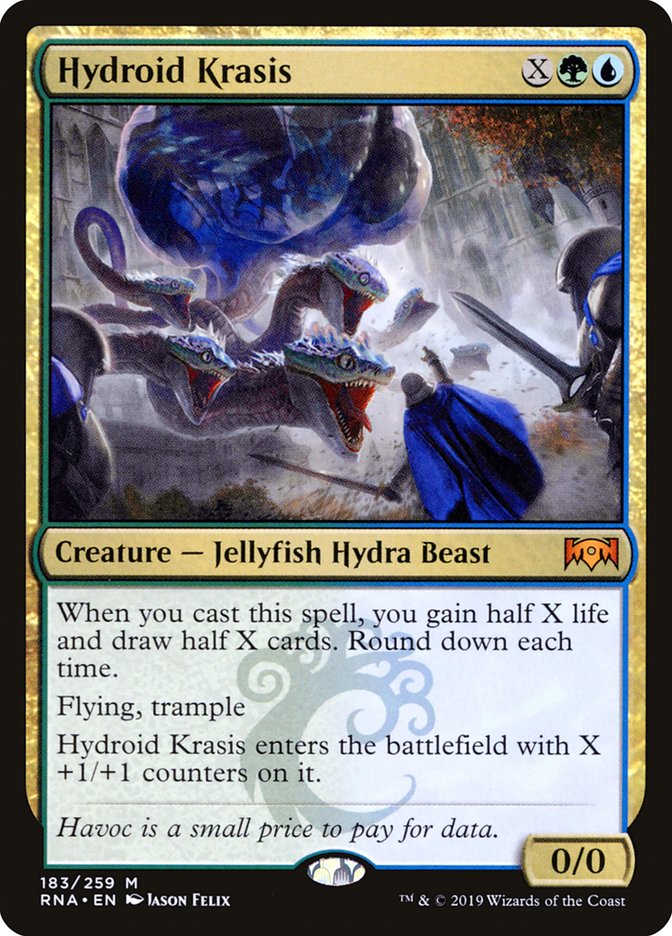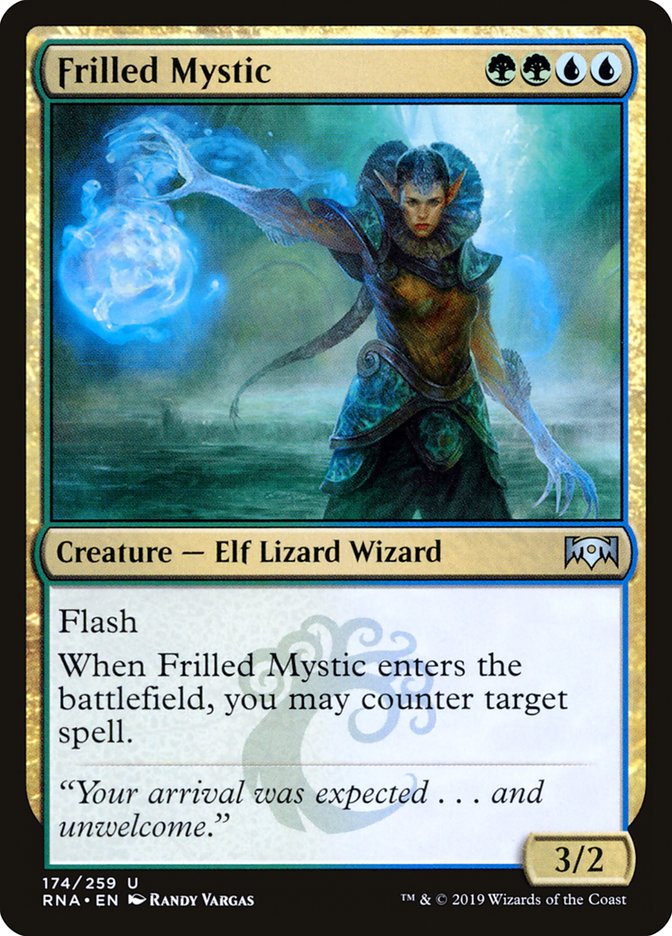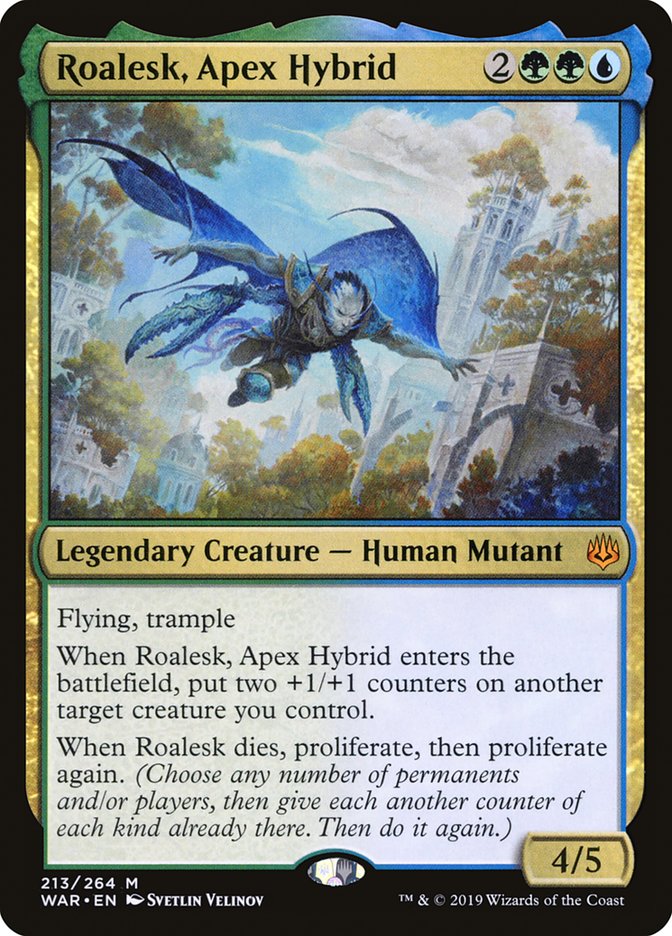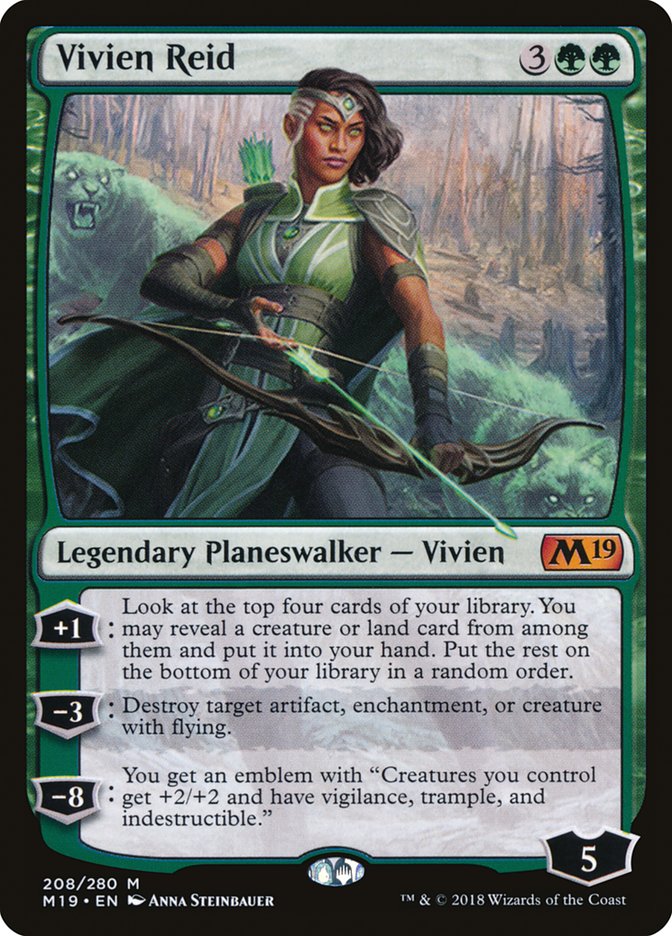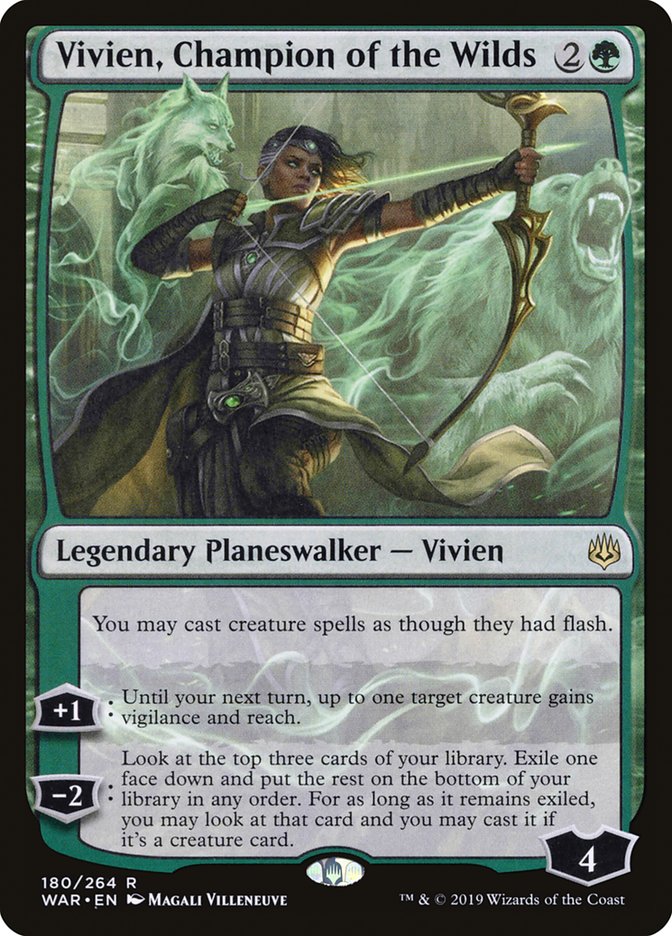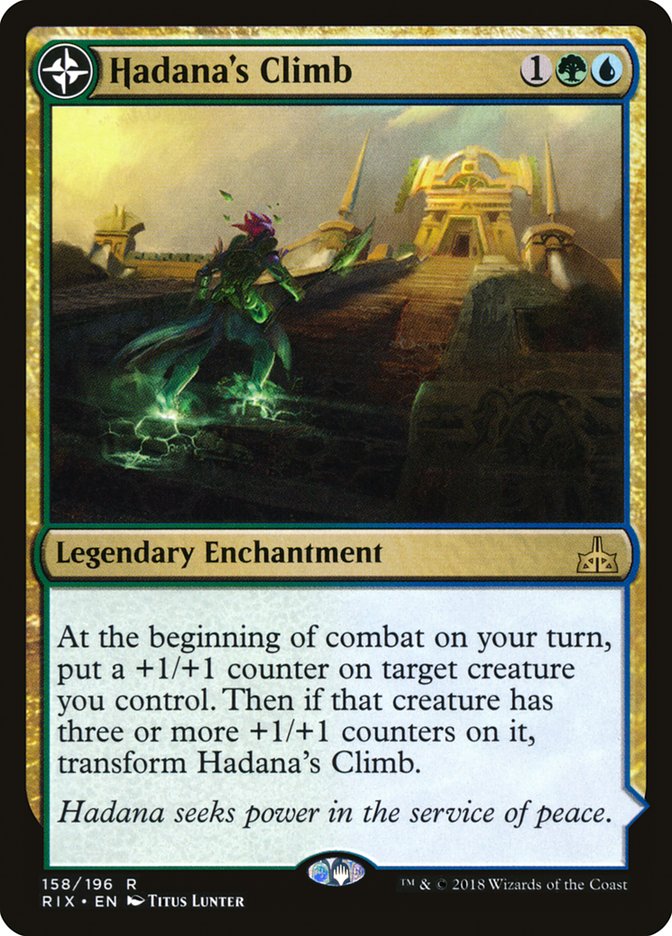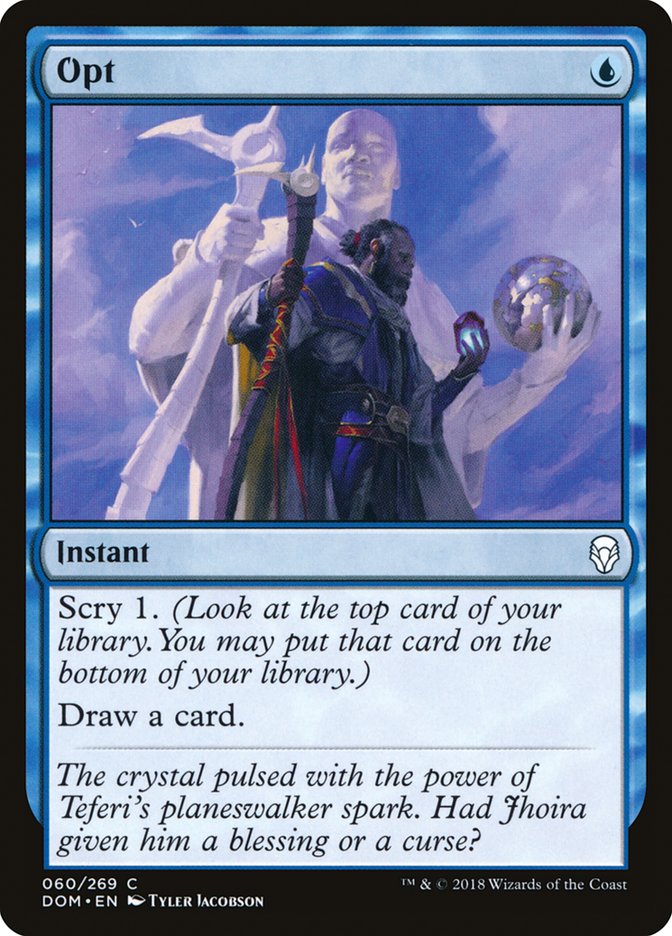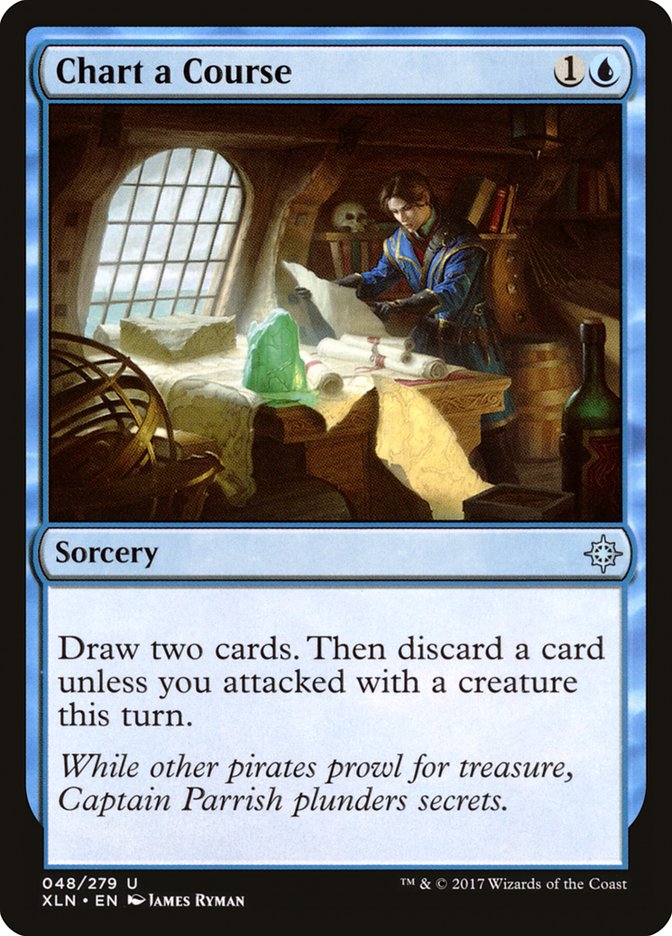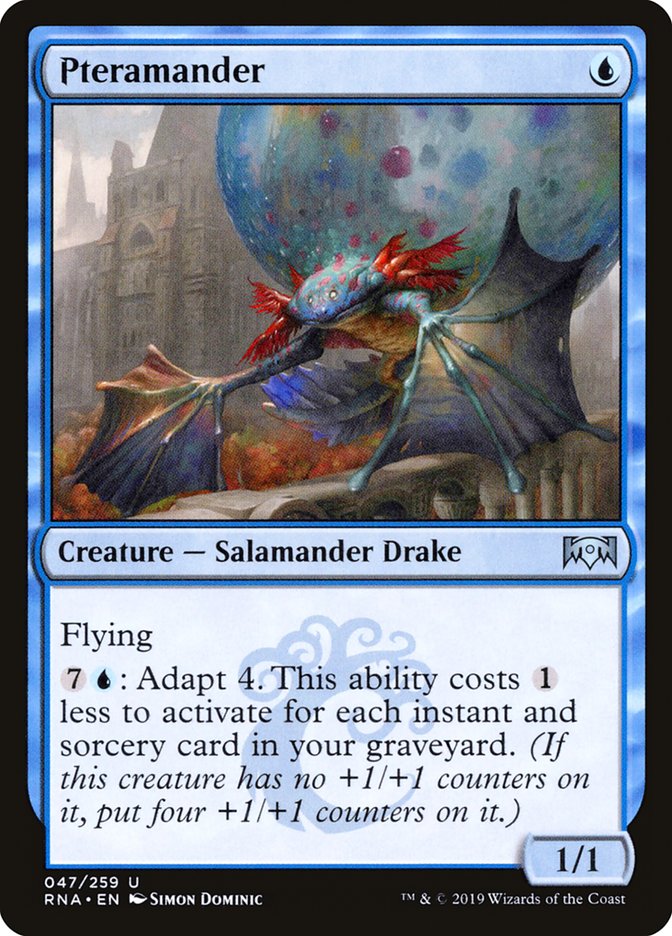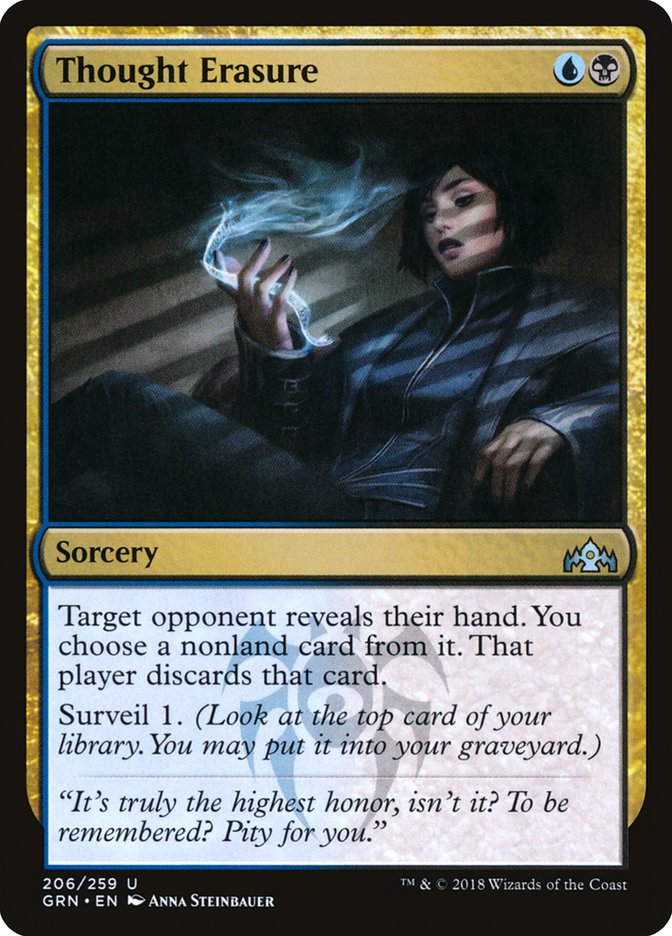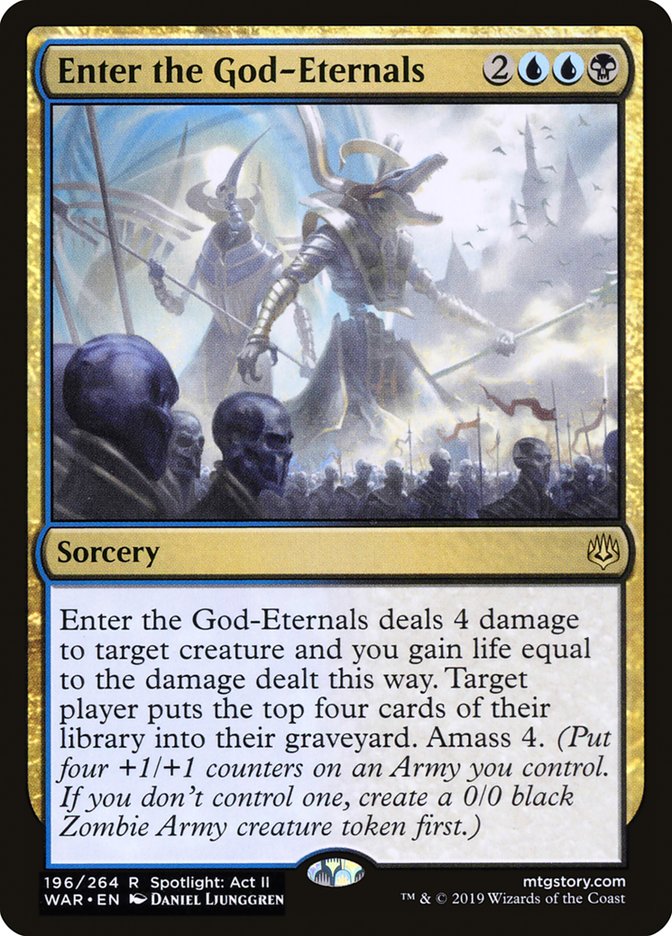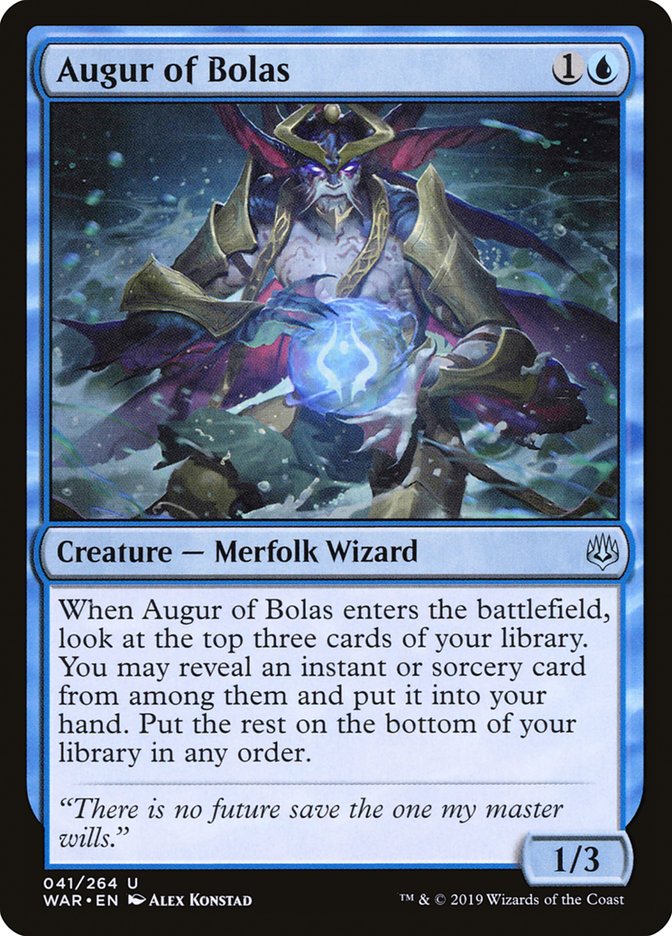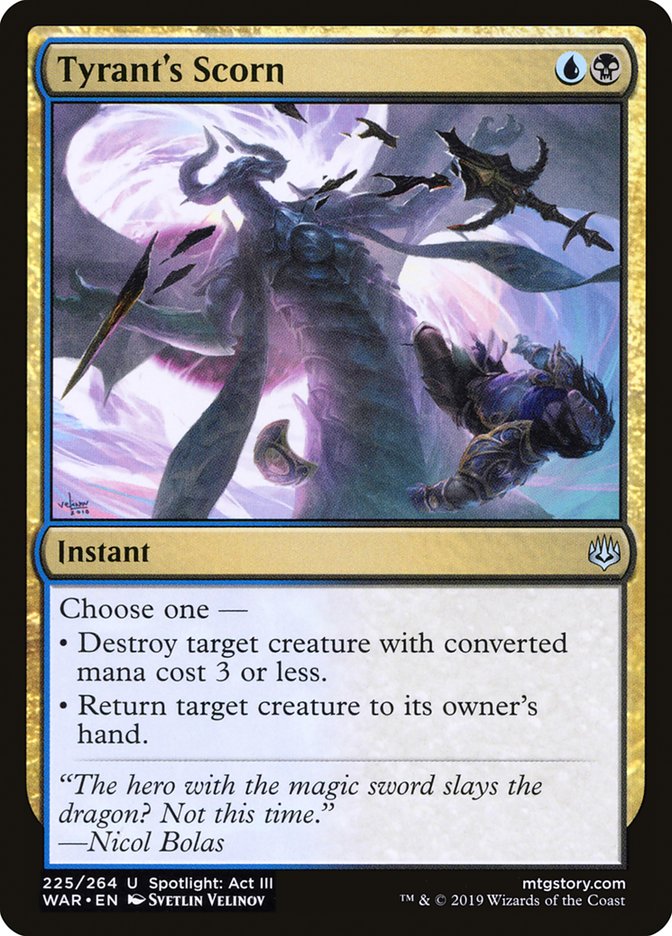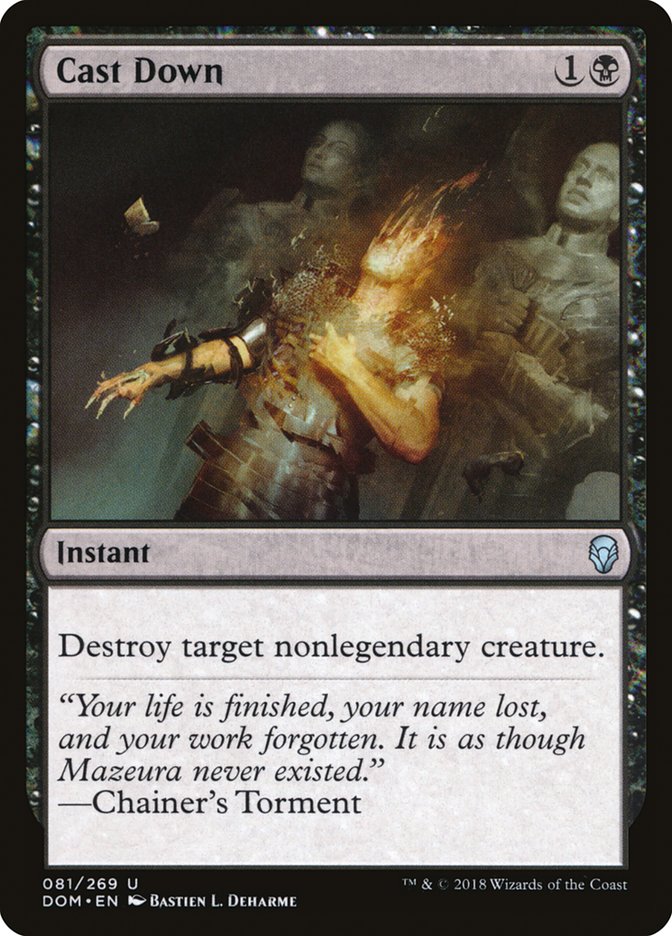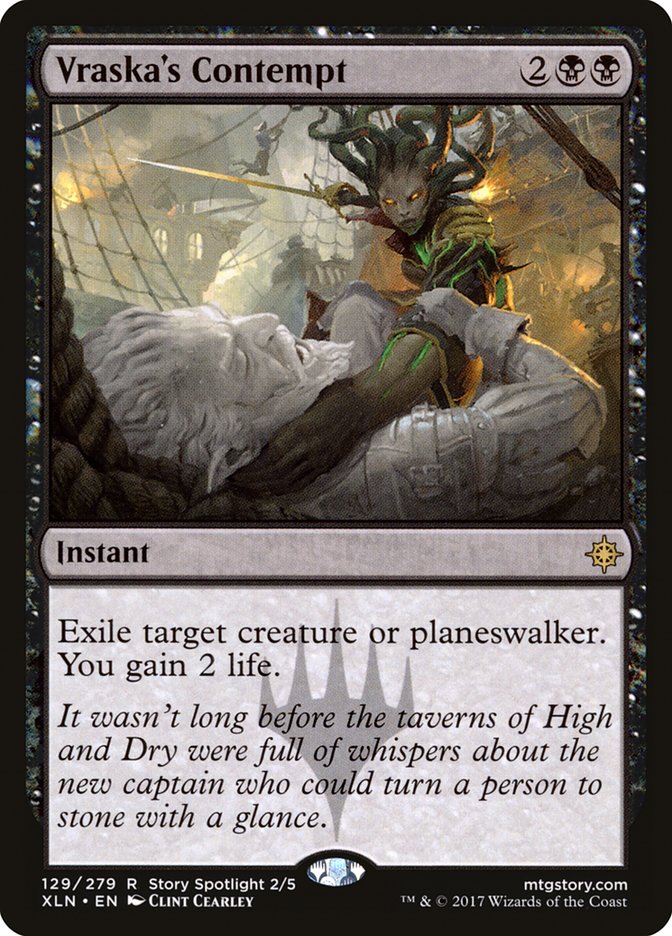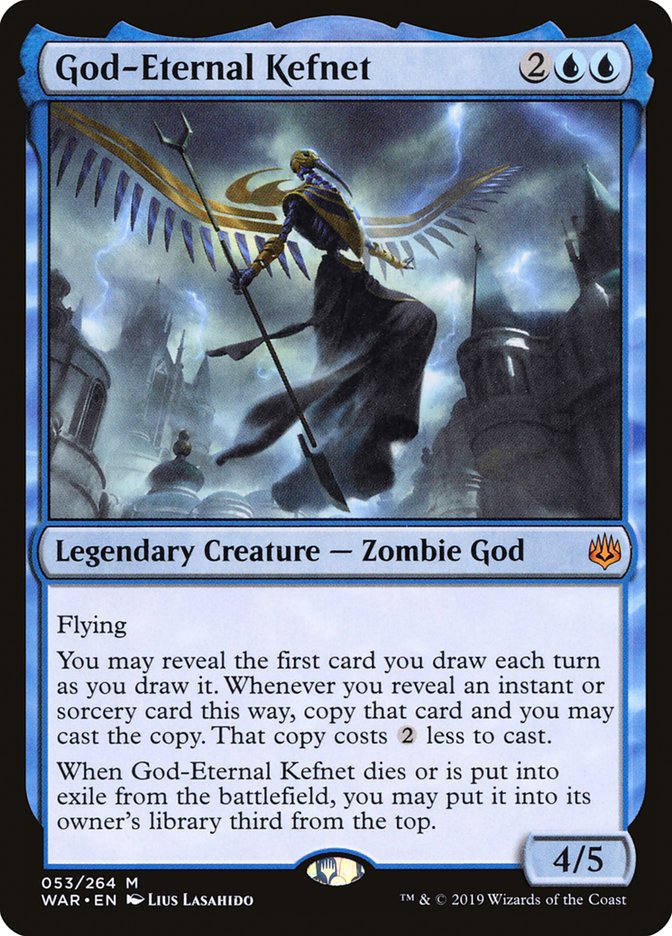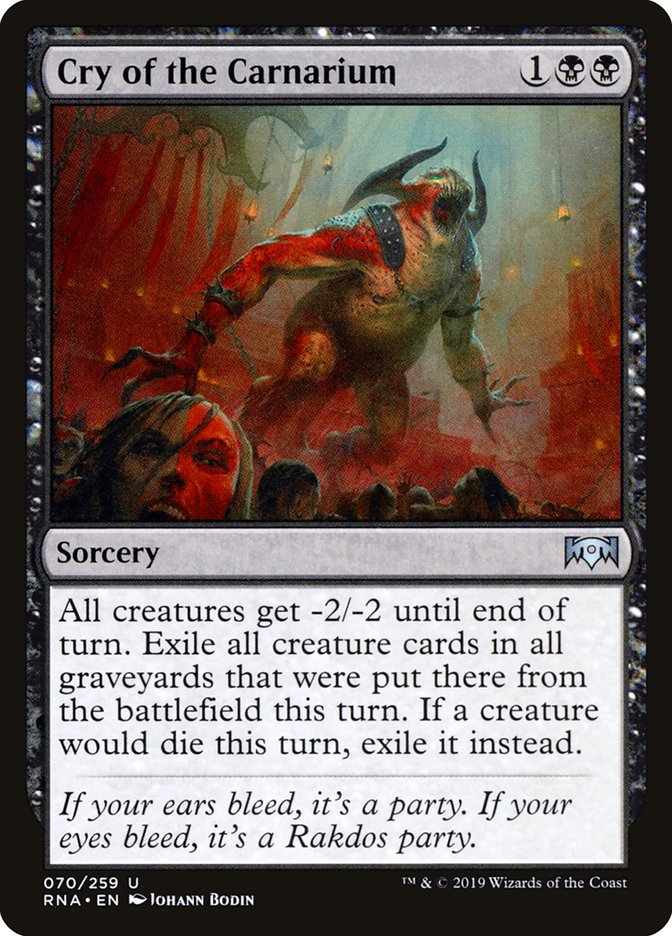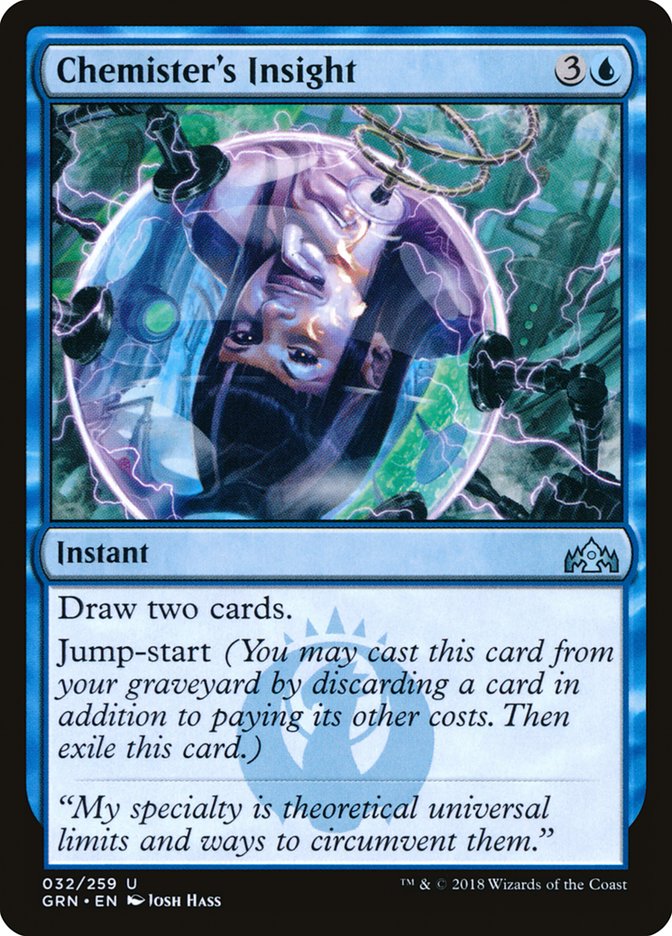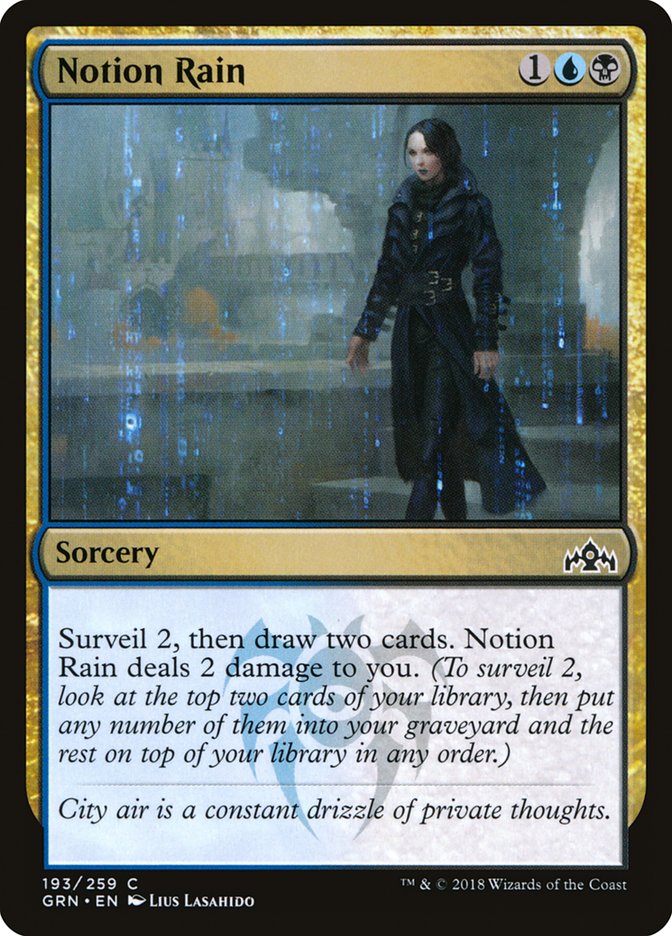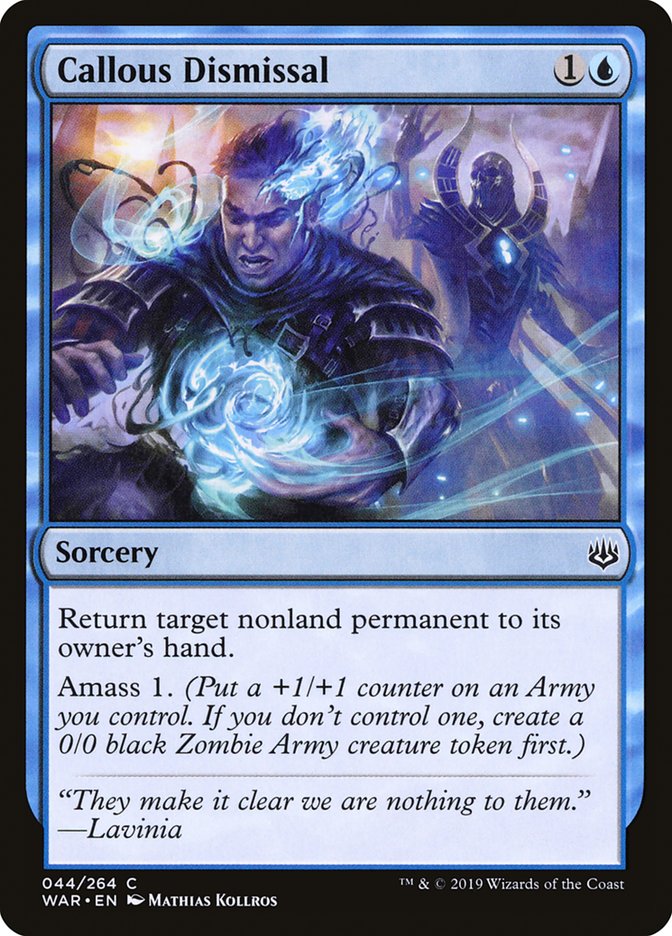Week 1 of a new Standard format has always been my favorite type of SCG Tour event to play. At one point, I felt like I was pretty good at figuring out what the best Week 1 deck was. First, there was this one that started my career on the SCG Tour:
Creatures (11)
Planeswalkers (3)
Lands (24)
Spells (22)

Then there was this one that landed my teammate a trophy and jump started a yearlong run by the best SCG Tour team ever assembled:
Creatures (27)
- 1 Hidden Dragonslayer
- 1 Den Protector
- 4 Jace, Vryn's Prodigy
- 1 Nissa, Vastwood Seer
- 4 Bounding Krasis
- 4 Reflector Mage
- 4 Sylvan Advocate
- 2 Archangel Avacyn
- 2 Tireless Tracker
- 4 Duskwatch Recruiter
Lands (25)
Spells (8)

These were the best decks in the room at their respective events. It was a different time, though. Both events came after rotations, so the potential to exploit a lack of format knowledge from your opponents was high. Jeskai Tempo was essentially a Burn deck that sideboarded into a control deck and nobody knew what was happening. Not one of my opponents sideboarded correctly and some of the matches felt unfair. Bant Company had several backbreaking four-mana plays, all of which were instant-speed, and the deck had multiple mana sinks to punish the opponent when they tried to play around everything. Honestly, I think our Bant Company deck was the best Week 1 Standard deck in the history of the SCG Tour.
To say things are very different now qualifies as an egregious understatement. Jeskai Tempo was born on a table in the back of a card store with draft chaff and a Sharpie. Bant Company was created similarly and refined by five guys working for ten hours on some tables in a hotel lobby. I hadn’t played a single sanctioned match with either deck when I sat down against my first opponent and I didn’t play a single game on Magic Online preparing for either event. I’ve played three Magic Online Leagues and dozens of matches on MTG Arena preparing for SCG Richmond and it’s only Wednesday. I’m underprepared, too!
There’s so much Magic being played now that information is spreading way faster than it was back then. Social media and decklist sites like MTG Goldfish have exacerbated the extent to which players who are searching out information can absolutely immerse themselves in it. Nothing rotated either, so the chances you’ll be able to put something together that catches everyone unaware are relatively low. The reason this article is starting this way is because I want to be totally honest about the information I’m conveying to you, the readers.
I’m not going to give you a broken decklist.
Simic Nexus is the closest thing to broken and there are several good lists in this week’s What We’d Play, if that’s what you’re looking for. I’m not even sure I’m recommending the best decks for the event. What I am recommending are a couple of decks that are very good at doing certain things and these certain things tend to be important in early Standard formats, so I think they’re valuable to understand, even if you don’t choose to register them.
The Importance of Good Mana
During the days when I was able to exploit early Standard formats, I often did so in spite of my manabase. The mana in both Jeskai Tempo and Bant Company wasn’t very good. These decks played defense well, had several very powerful cards, had great sideboard plans, and were able to compensate for the games where the mana didn’t work out ideally. Now, almost everyone has a powerful deck and almost everyone has a sideboard guide to go with it. Standard’s card pool is very strong and the cost of being unable to cast your spells, or even missing a land drop, is very high. The metagame is unforgiving to stumbles, and because of this, I place a very high value on having a good manabase.
But this doesn’t mean jamming every shockland and checkland into your three-color deck and calling it a day. Not only are the combo and control decks powerful and relatively tuned, the aggressive decks are as well. Even when they aren’t perfectly tuned for the metagame, they’ll still be able to smack you around if your deck isn’t functioning. One- and two-color decks aren’t always worse than three-color decks. The power might be lower overall, but you’ll gain some equity from having to Shock yourself way less and from being able to cast your spells on curve. Both decks I’m writing about today are two colors. One is aggressive and rather linear and one is more reactive and flexible. I think both are fine choices and they probably contain an above average number of Kevin Jones Pet Cards, but that’s not always a bad thing.
Creatures (30)
- 4 Llanowar Elves
- 4 Wildgrowth Walker
- 4 Merfolk Branchwalker
- 4 Jadelight Ranger
- 4 Hydroid Krasis
- 4 Frilled Mystic
- 3 Incubation Druid
- 3 Roalesk, Apex Hybrid
Planeswalkers (4)
Lands (23)
Spells (3)

This deck is really good at casting solid threats and blocking. It’s very bad at killing creatures, but yours are big enough that it’s not always a problem. I wanted to make a deck where Roalesk, Apex Hybrid and Frilled Mystic were both good and this is what I ended up with.
The mana creatures are essential to this deck’s function. They make Frilled Mystic way better and also allow for absurd plays like a third-turn Vivien Reid and fourth-turn 5/5 or 6/6 Hydroid Krasis.
This package helps ensure you can beat up on aggro decks while also making the proliferate on Roalesk as close to a double Anthem effect as possible.
With 30 mana sources, having a huge sink that scales well is essential. Usually your Krasis is the biggest flyer on the battlefield and Vivien Reid helps to ensure it’s the only flyer on the battlefield. This is one of the only cards in your deck that Sinister Sabotage and Absorb are actually good against and I’ve considered trimming some, but it’s the best possible topdeck in a long game. It’s also great at transforming Hadana’s Climb.
Simic is traditionally light on actual answers and your mana creatures make this much less clunky than it can be in other decks. The best targets are sweepers, removal spells, Wilderness Reclamation, and Nexus of Fate. It’s also totally fine to counter whatever the opponent does on Turn 3 or 4, provided they’re also a fair deck. Spell Pierce is pretty easy to leave up in the mid-game because you make so much mana and the deck also has so many two-drops that you can cast an Elf on Turn 1 and have a two-drop plus Pierce on Turn 2. I considered maindeck Negate, but I think there are a lot of two-mana spells, so I went with a cheaper option.
This is the card that inspired me to brew this deck up. The rate on the card is great, as it’s six power for five mana. If it dies somehow, it can be game-breaking, and if you really need to push the last few points through, you can cast a second Roalesk and keep the one that can attack. You can also -3 Vivien Reid to blow up your Roalesk, though that seems like a pretty narrow line.
Vivien Reid is one of the best planeswalkers in Standard and you’ll regularly cast her on Turn 3 in this deck. There are plenty of targets for the -3 ability and the +1 keeps supplying you with threats while you threaten the ultimate. Just remember the +1 is less reliable when you’ve sideboarded down on creatures.
I wanted to include more copies of this card because the static ability is awesome at disguising Frilled Mystic and it prevents you from wasting mana because you can cast most of your deck if they didn’t have a play worth countering. Giving your mana creatures vigilance is nice and not having to reveal the creature to the -2 ability is sweet, since it might be a Frilled Mystic or a huge Hydroid Krasis. But just because your creatures have flash doesn’t mean they have to be cast at instant speed. If you’re missing land drops, it’s probably correct to cast your explore creature main phase. Lastly, this Vivien is even better in sideboard games once you’ve added more counters.
It seems strange that there’s only one copy here, but when playing the deck, I realized that there are lots of things to do with your mana and you really only want to activate the pump ability on the transformed side when you’re in the late-game. Hadana’s Climb has a lot of synergy with your deck, but the inevitability the Winged Temple of Orazca provides is actually more important than using the ability. Once your removal-heavy opponents are low on cards, you can start pumping all your random explore creatures and adapted Incubation Druids. There’s a second Climb in the sideboard for grindy matchups.
The sideboard is mostly obvious, with counterspells and enchantment removal. Prey Upon is for the must-answer ground creatures like Hostage Taker and Deputy of Detention; Entrancing Melody is nice against large creatures and helps with the Sultai Midrange matchup; Reclamation Sage is an answer to artifacts and enchantments that you can find with either Vivien; and the additional planeswalkers are for control and attrition-based midrange decks.
Simic Aggro isn’t perfect yet, but one thing that’s good for this deck is it mostly builds itself. I put a bunch of efficient creatures and some planeswalkers together into a pile and was winning on Magic Arena right away. The deck is weak to Sultai Midrange because it plays lots of the same cards plus efficient removal, Find // Finality, and Hostage Taker. Fortunately, I don’t expect a ton of Sultai this weekend and I truly think Simic is a better choice. Instead of tuning your removal suite for an undefined metagame, you can simply kill them with your efficient threats and back them up with permission. I considered splashing for just Hostage Taker and Find // Finality and still might, and that opens up the option to play Duress in the sideboard as well.
Creatures (9)
Lands (24)
Spells (27)

This deck came from Magic Online grinder VTCLA, who posted it on Twitter after finishing 5-0 in a League with the deck. I immediately ran the list through some Leagues and on the Magic Arena ladder.
I had a winning record, but the list wasn’t perfect. It does a great job of beating up on aggressive strategies and has a sideboard that’s focused on beating control and Nexus of Fate. Esper Control and Simic Nexus are very bad matchups Game 1 because you have lots of dead removal. Those same matchups are much easier after sideboard because you add counters, discard, and Thief of Sanity. I was impressed by how ridiculous Enter the God-Eternals was against anything with creatures and it is the biggest reason why I love this deck.
The standard for a blue deck with lots of cheap spells and spell-themed cards. They allow you to hit land drops or filter excess lands.
A cheap commitment early that serves as a powerful win condition in the late-game. A deck like this would have to play several clunky win conditions if this card didn’t exist.
This is your only way to interact with enchantments and powerful spells in Game 1. Make sure you choose wisely against decks like Esper Control and Simic Nexus. You’re never going to be able to win a long game against control, so taking their Search for Azcanta or Teferi, Hero of Dominaria and hoping they can’t ever get ahead is probably the best option.
Thought Erasure is a great follow up to Pteramander because you can take their answer if it was expensive enough to still be in their hand. The information is very valuable because you’re often going to invest a relatively large amount of mana into adapting Pteramander or casting God-Eternal Kefnet. You’ll likely be doing so at the cost of casting something else, so it’s good to know you’re not wasting the mana. In sideboard games, Thought Erasure into Thief of Sanity is your way to beat your worst matchups.
This five-mana sorcery does everything against aggro and midrange and is the reason you’re reading about Dimir Midrange right now. I added a Chemister’s Insight at the cost of a Notion Rain, so the mill part of the card can accrue some incremental value. It can be actively bad to target them and it’s good to have reasons to target yourself. It also helps fuel Pteramander when you target yourself. Against control or Nexus of Fate strategies, you can hit your own Augur of Bolas or adapted Pteramander and make a 4/4. It’s better than nothing and helps the clock.
I’ve been looking for an excuse to play this card ever since its reprinting. Augur is a great blocker, can chip away at planeswalkers, helps ensure you draw enough gas, and turns on raid for Chart a Course. Remember not to cast Augur or mill yourself with Enter the God-Eternals if you have a God-Eternal Kefnet that got tucked on top of your library.
The removal suite that supplements Enter the God-Eternals. The cheaper removal spells have drawbacks, so remember to sequence carefully. Similarly, Vraska’s Contempt is your only answer to planeswalkers, so don’t waste it on a creature if possible. Mana efficiency and double-spelling are important, but it’s more important to make sure your opponent doesn’t have an unanswered threat on the battlefield.
This thing is definitely not The Scarab God, but it’s not bad. A 4/5 body is really big and some decks can’t answer it with a single card. Chemister’s Insight is also good with Kefnet because it gives you more ways to draw on their turn. The card says “first card you draw each turn,” so remember to hold your Opts when you can. This card is really good and I expect those of you who haven’t played with it will be impressed once you do.
This card helps ensure that you have a way to stop the aggressive decks that go wide. A card like Adanto Vanguard would otherwise be very good against Dimir. The exile clause is relevant if you run into an Izzet Phoenix deck and also can be valuable against Sultai. Exiling their explore creatures and mana creatures can help mitigate the impact of Find against you.
These are just there to gain a little card advantage, provide some filtering, and let you “go off” a little with Kefnet.
This is a catch-all that can buy some time and provide a cheap blocker. Remember, you can bounce a tough-to-answer permanent and then grab it with Thought Erasure. I’ve been sideboarding this out a lot because I couldn’t figure out what else to cut. I suspect this is wrong, though. Callous Dismissal is versatile and almost never dead.
As I mentioned earlier, the sideboard is targeting Simic Nexus and Esper Control. You’ll be able to take out all the removal except for Vraska’s Contempt and replace it with four copies of Thief of Sanity, three Duress, the two counters, and The Eldest Reborn. The third copy of Cry of the Carnarium is for Mono-White Aggro, Mono-Blue Aggro, various sacrifice decks, and the card Arclight Phoenix. Unmoored Ego is for Nexus of Fate and Hostage Taker is for the single-color aggressive decks, Sultai Midrange, and anything with Niv-Mizzet, Parun.
Sideboarding with this list isn’t that hard. If you do what feels right, it’ll be fine most of the time. Remember: your opponents won’t know how much removal to have in their deck in sideboard games and Thief of Sanity can be sideboarded in more aggressively if you think the opponent cut a lot of removal.
I’m very excited for SCG Richmond and I’m most likely registering this Dimir Midrange list or something similar. Good luck if you’re attending yourself, and if you’re staying home, don’t forget to watch the SCG Tour on Twitch, where you can see me whiff on an Augur of Bolas while my opponent takes infinite turns with Nexus of Fate.


